Cambridge Green
From removing ruminant meat from its menus to building ‘green’ buildings, the University of Cambridge is weaving sustainability into its very fabric. Only bold steps will help it achieve an ambitious target of becoming zero carbon by 2048 – or even earlier.
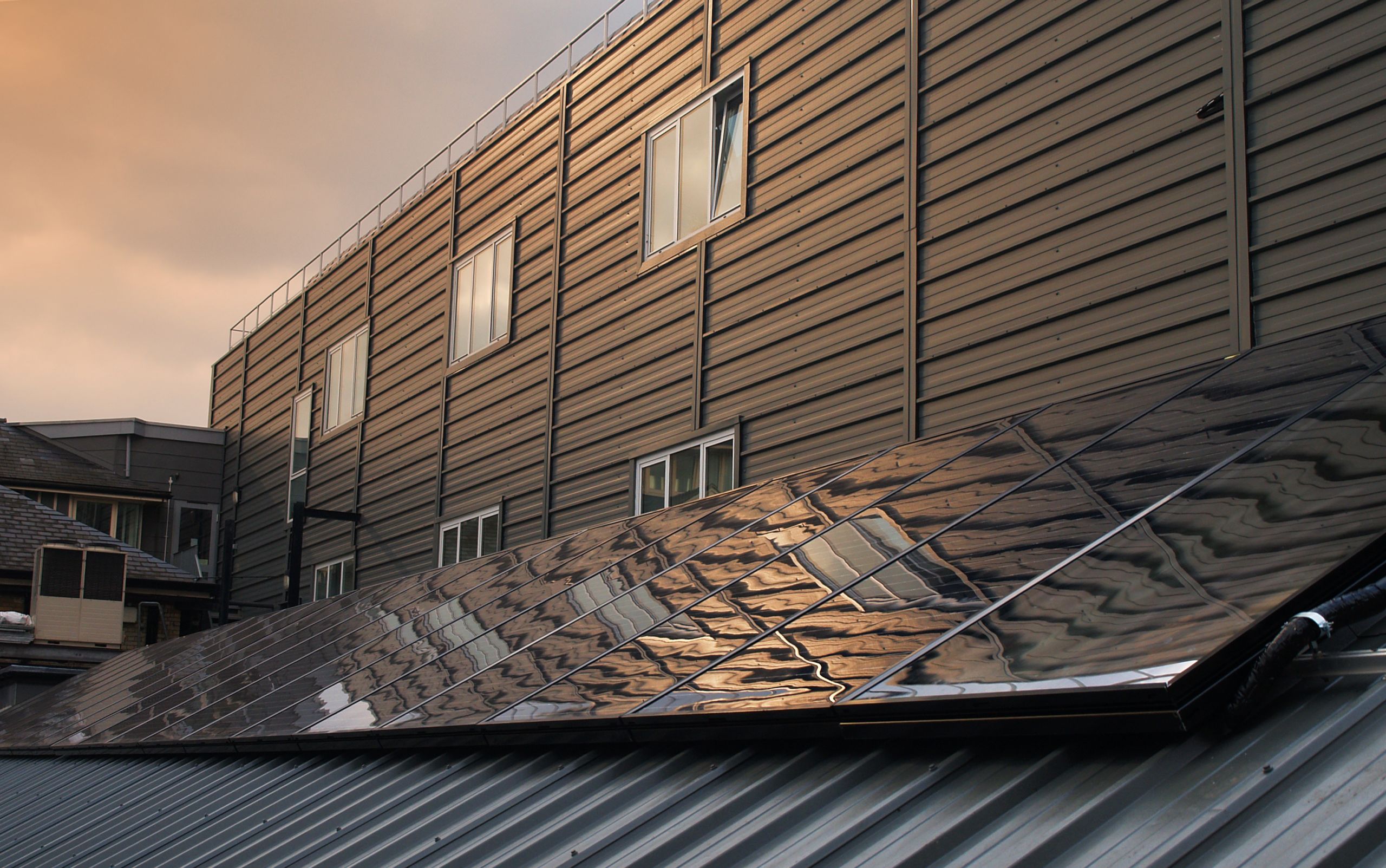
A low-carbon diet
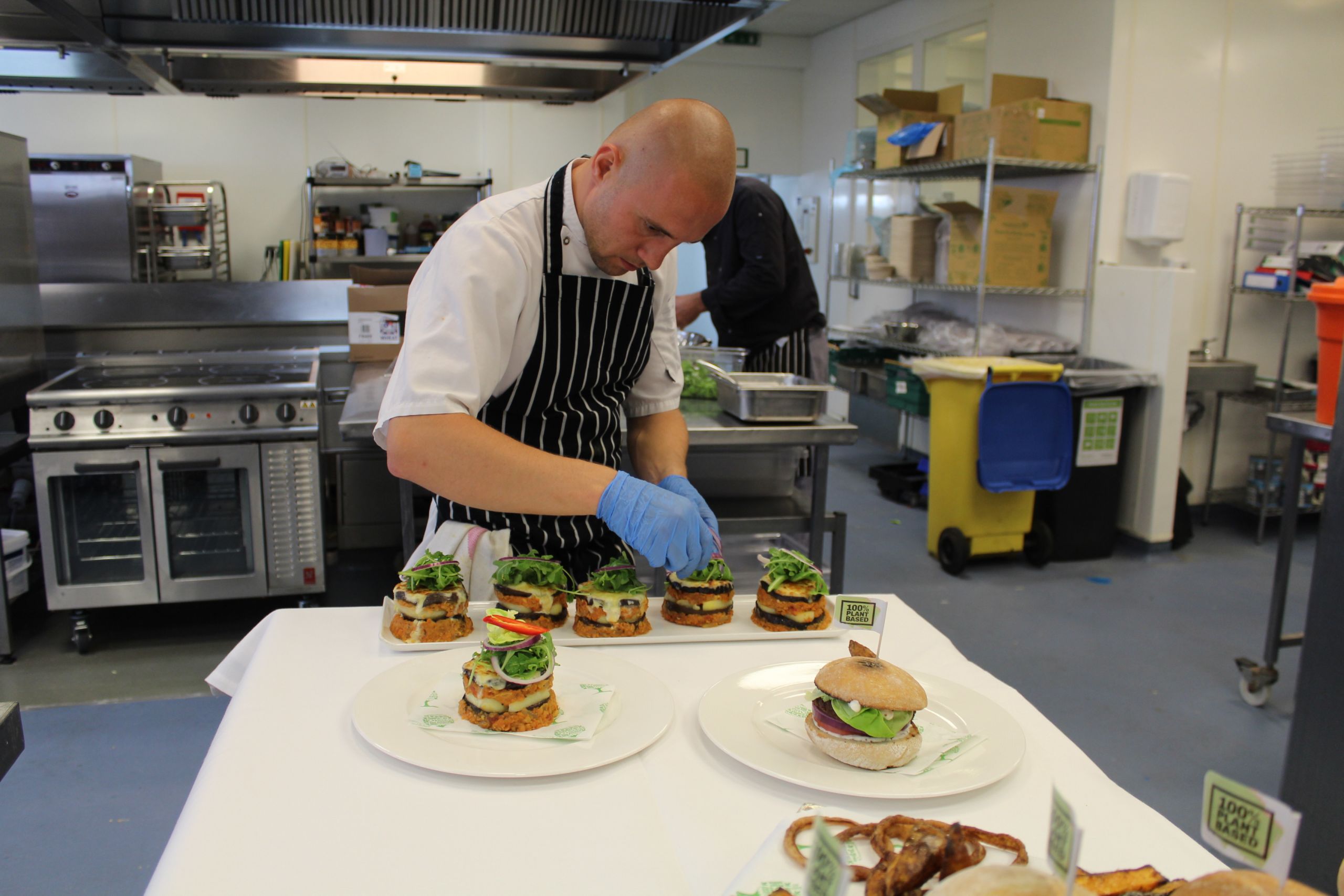
It’s Wednesday lunchtime at the University Centre main dining hall. The enticing smell of freshly-cooked food drifts over the queue of customers lining up to make their meal choices. On the menu today are aubergine rogan josh, butternut squash lasagne, roast chicken and breaded pork escalope.
Notably absent from the menu are beef and lamb. It’s no longer possible to buy ruminant meats here. The reason is simple: the substantial carbon footprint of these livestock.
“It’s become increasingly clear over the past few years that sustainable catering is important to our students,” says Nick White, Head of the University Catering Service (UCS), which is responsible for 14 outlets across the University of Cambridge and over 1,500 hospitality events each year.
UCS had already introduced a number of sustainability measures, including a ‘KeepCup’ scheme, compostable ‘vegware’ crockery and cutlery and a move to fairly-traded coffee and tea. But Nick felt that this was not enough. He sought advice from one of Cambridge’s leading conservationists, Professor Andrew Balmford, on what they could do to have the biggest impact while remaining financially viable.
“’That’s really simple, Nick,’ he told me. ‘You have to stop selling ruminant meat. You need to promote plant-based foods over meat options. You need to not sell any unsustainable fish. And you need to reduce food waste.’”
Off the back of this conversation, the University’s Sustainable Food Policy was born. Nick, together with Andrew and the University’s Environment and Energy team, used these four simple actions as the starting point for the Policy, which was officially adopted by the University in 2017.
Film produced for launch of Sustainable Food Policy.
Paula White, the Catering Manager, was initially sceptical. “Chefs are classically trained, so they’re predominantly trained with lamb and beef. They do their own recipes, they come up with their own ideas, and you’re going up to them and saying ‘I’m sorry, but you’ve got to stop doing that now.’”
Engagement was the key to winning them over: showing them the difference they could make, getting them involved in looking for new recipes, taking them to London’s famous Borough Market, sending them on vegan cookery classes.
“They’re very motivated now,” says Paula. “They really enjoy what they’re doing. It’s like anything – if you don’t give them the resources, if you don’t give them the reason why you’re doing it, you won’t get results. By working with them and encouraging them, you do.”
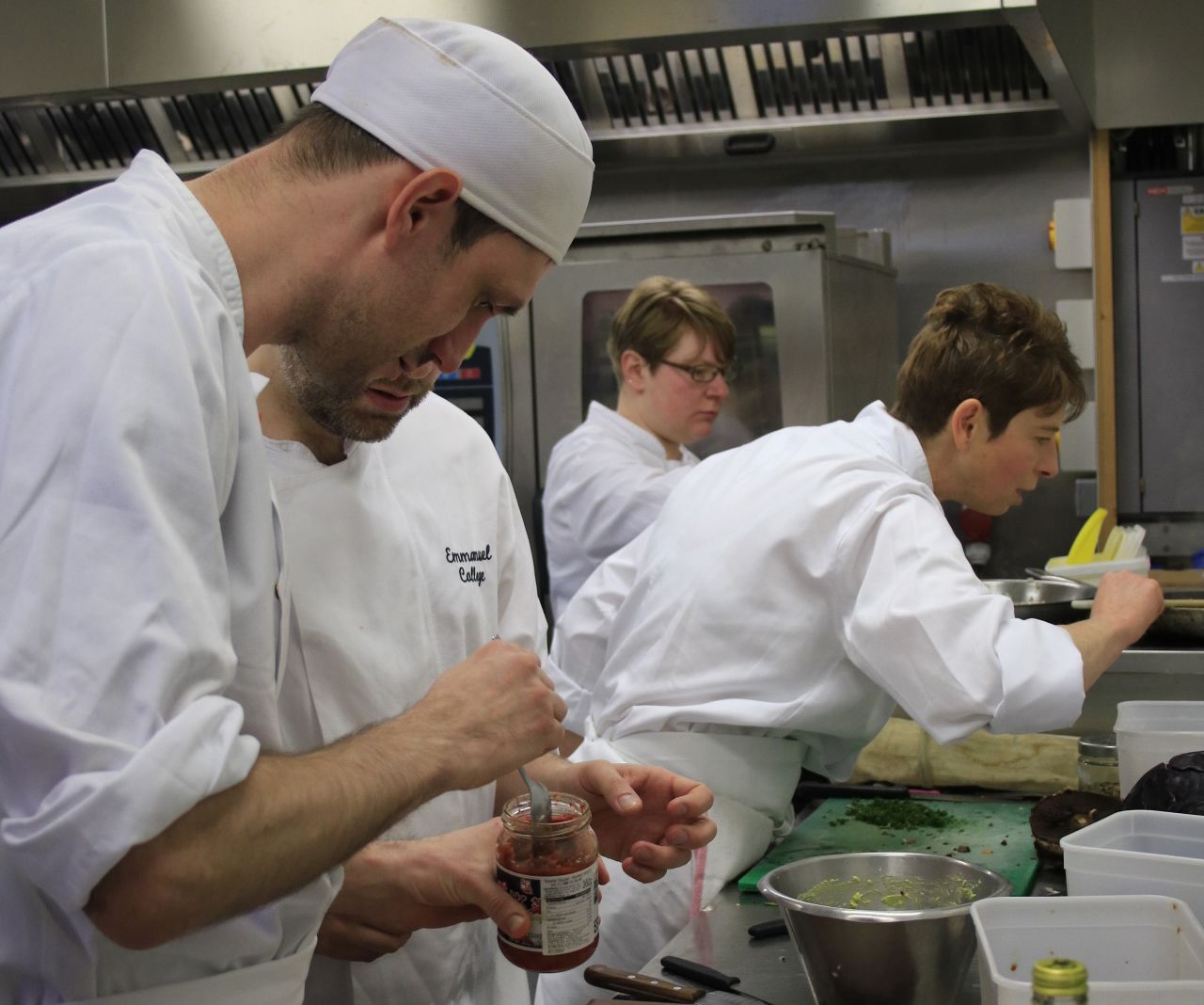
Cambridge chefs attend a vegan cookery class
Cambridge chefs attend a vegan cookery class
Head Chef at the University Centre, Amanda Watts, didn’t take much convincing. “I’ve been a vegetarian all my life,” she says. “It probably sounds a bit odd, but I never really enjoyed cooking meat dishes!”
What did worry Amanda, however, was how the customers would react. “We have a customer base who have been with us for many years, and some of them are used to having a carvery every day.”
Bringing the customers along turned out to be surprisingly easy, possibly in part because they didn’t announce what they were doing: they just removed ruminant meat and increased the number and variety of vegetarian and vegan options. They also used subtle ‘nudge’ techniques too, including placing the vegetarian options before the meat options and being canny with labelling.
“If you go to most restaurants, they’ll put a ‘V’ for vegetarian or label something as vegan,” says Paula. “We didn’t do that, we just put what’s in it. You use your eyes, your nose. If you look at something and think ‘Wow, that looks good’, you’re not first of all thinking ‘Is there beef in that?’”
Amanda agrees. “It’s about looking at flavours, variety of ingredients, colour, textures – thinking about things our customers will buy. It’s about first impressions – making sure things look nice, colourful, perfectly cooked.”
To minimise the amount of food waste, the team is now using improved forecasting to predict how much food they will require and more accurate portion control. Where possible, surplus ingredients are used the following day in salads and composite dishes.
In late 2017, Nick and Paula watched the BBC’s Blue Planet II documentary and, like many people, were shocked and moved by the devastating effect on marine life of plastic waste.
They vowed to remove single-use plastic from their facilities. But recycling plastics from catering use is not straightforward: once plastics are contaminated with food, they can’t be recycled and have to go off to landfill.
The answer was to choose compostable plastic-substitutes. Now, everything from the serving platters used in their hospitality events through to cups and even crisp packaging can be taken along with food waste to a local energy plant for anaerobic digestion, rather than going to landfill.
The most difficult decision was to remove single use plastic bottles. UCS sells around 30,000 bottles of water a year, so removing them would inevitably lead to a financial hit.
“In the end, if you want to achieve these things, you have to make a sacrifice, you have to do things that are challenging to do. But it was the right thing to do. This has always been about making the right choice easy. It was a case of showing our staff and our students ‘You’ve made the sustainable choice by going to our cafeterias.’”
The impact has been dramatic. UCS has managed to reduce the amount of CO2 produced per kg of food purchased by a third. In a three month period in 2018, despite purchasing a third more food than the same period in 2015, the overall carbon footprint of the food fell by 11%. Since the adoption of the policy, the team estimates that they have saved over 500 tonnes of CO2, the equivalent of driving 1.2 million miles in an average car. Meanwhile, 142 tonnes has been directed away from landfill to anaerobic digestion since August 2017.
Nick was keenly aware, however, that all this hard work might amount to nothing if the Sustainable Food Policy was not at the same time financially sustainable: his efforts would go down as an honourable failure.
The reverse turned out to be true.
“Our sales and our gross profits improved; it was good financially for us,” he explains. “That’s an important message to take to the commercial sector – you can do this profitably. But you have to be really passionate, you have to be enthusiastic, you have to inspire your team.”
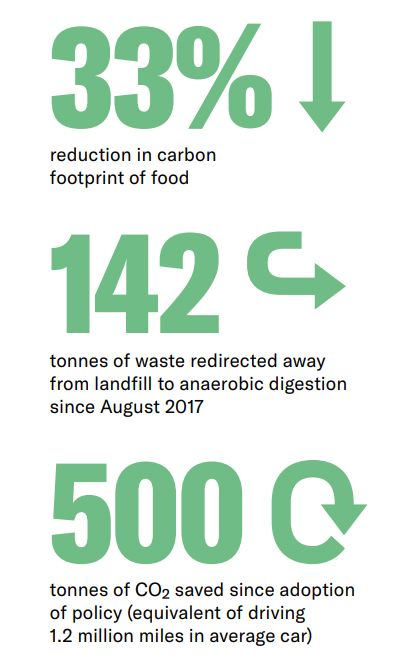
A targeted approach to carbon reduction
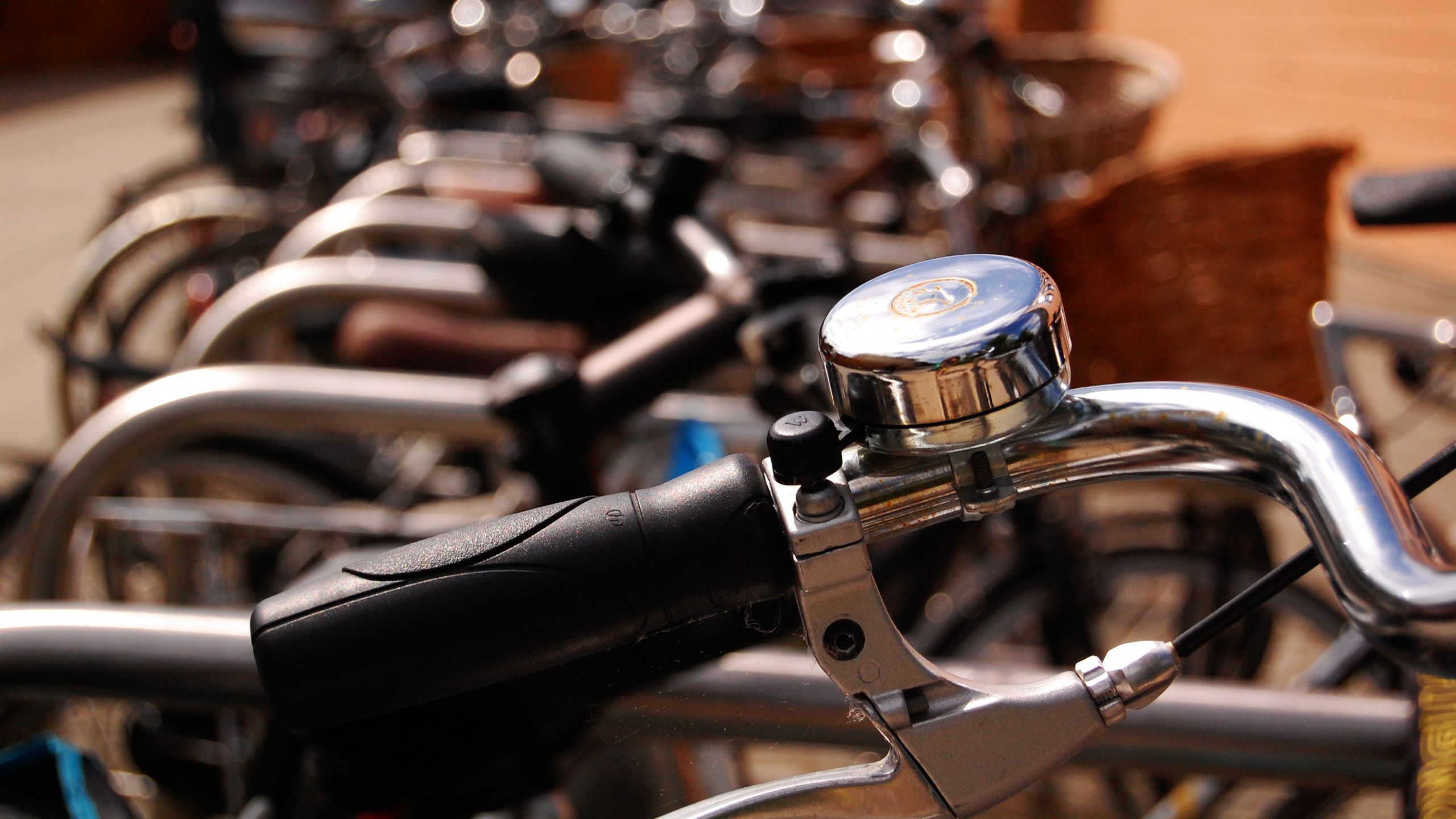
The Sustainable Food Policy is one of a number of initiatives of which Joanna Chamberlain, Head of Environment and Energy at the University, is particularly proud. “I’ve had other universities who I consider leaders in this field saying ‘What you’re doing on sustainable food is great. Can I find out more?’”
Joanna’s team is responsible for implementing the University’s Environmental Sustainability Vision, Policy and Strategy, which sets ambitious targets in areas such as energy and carbon management, water and waste management, biodiversity, and sustainable travel.
Cambridge’s brand is both a strength and a challenge when it comes to sustainability, she says. “We can and should be leading by example, but we’re also expected to lead by example.”
Joanna says she looks to the likes to Edinburgh, Leeds, Manchester and Bristol universities as leaders in the field. Does Cambridge walk among this group?
“I think so,” she says. “It depends how you judge impact. I think we’re up there with the amount of effort we’re putting into it and the amount of resource we’re putting into it, and the direction we’re going. But if you look at hard metrics, at our carbon emissions and how much we’ve managed to reduce them, there are other universities that are way ahead, but then their contexts are different. Our estate has grown significantly and we do a lot of energy-intensive research.”
Cambridge has become the first university in the world to announce that it has adopted a 1.5°C Science Based Target for carbon reduction, committing itself to reducing its energy-related carbon emissions to absolute zero by 2048, but aspiring to reach this target ten years earlier.
As Professor Ian Leslie, Special Advisor to the Vice-Chancellor on Environmental Sustainability explains, “[Science Based Targets] are set externally, independently, and are based on what the science says you need to do. They are not arbitrary. It’s not a number you get to make up.”
Achieving this target will involve putting in place measures such as: increasing the University’s capacity to generate its own electricity, for example by building its own solar farm; entering into agreements with suppliers to provide certified green energy; and moving to electric vehicles for its fleet and the University bus service.
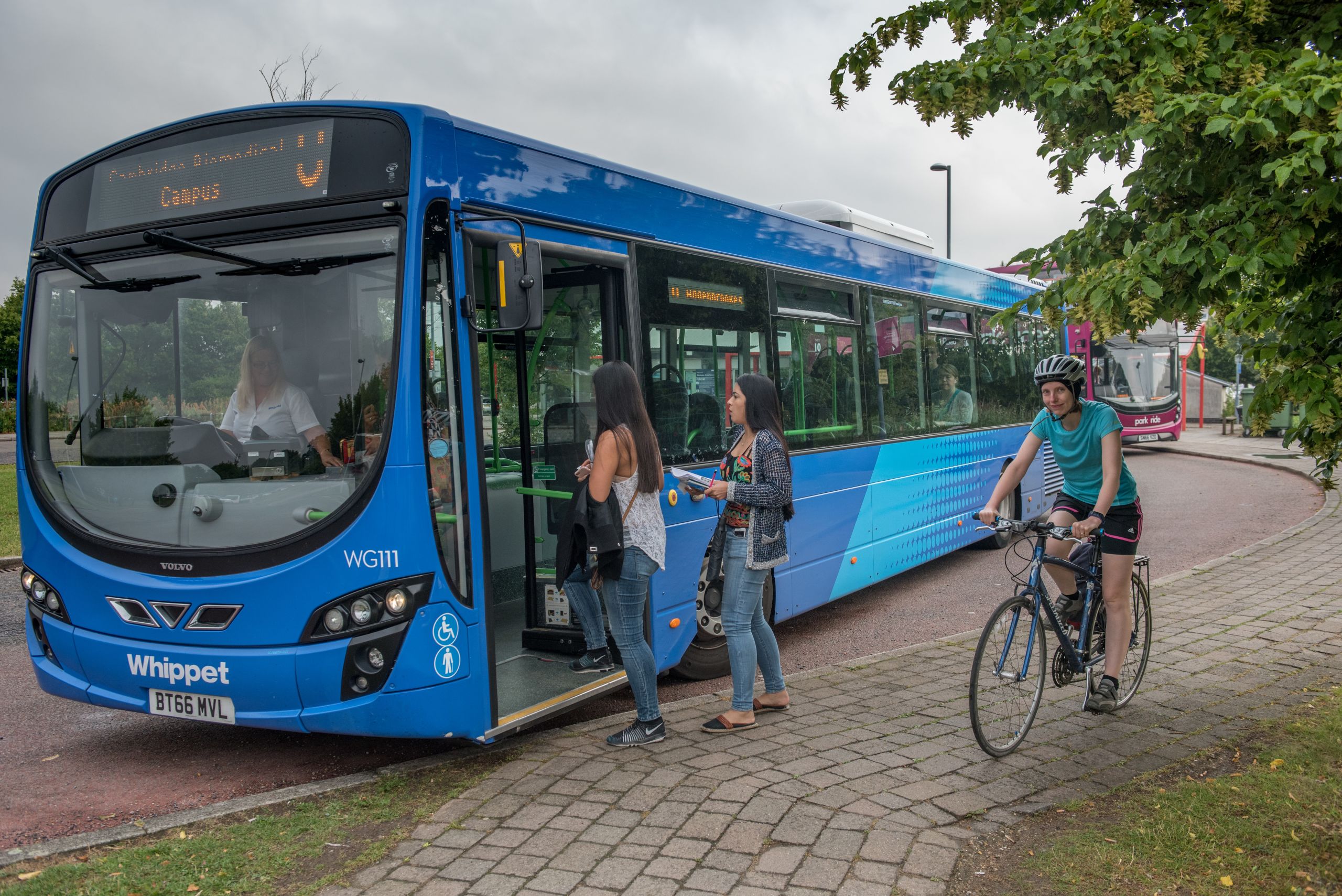
Universal Bus
Universal Bus
One of the major challenges will be removing gas for central heating and cooking from its estate. The University has just launched a feasibility study looking at whether and how it might do so. “It will probably be a gradual thing, fitting in with how we maintain the estate,” says Ian. “But the elimination of gas could be a huge thing if we achieve it.”
Cambridge’s target focuses on direct emissions from its own sources and indirect emissions from the generation of the energy it purchases – so-called Scope 1 and Scope 2 emissions. It is also working on setting its Scope 3 target, which focus on non-energy related carbon emissions.
The big elephant in the room is air travel. Research is about field work, collaborations, sharing findings at conferences – all often necessitating long haul air travel.
“We need to think about why we all travel to conferences, and can some of that be replaced by more online interaction or can we do it less frequently,” says Ian. “It’s said that 99% of the air travel in the world is done by 1% of the people. We’re part of that.”
The Council, the principal executive and policy-making body of the University, has approved an internal offset fund, whereby academics had contribute funding to offset their air travel, but there is no certainty that funders themselves will approve such a use of their grants, he says.
It’s not easy being green
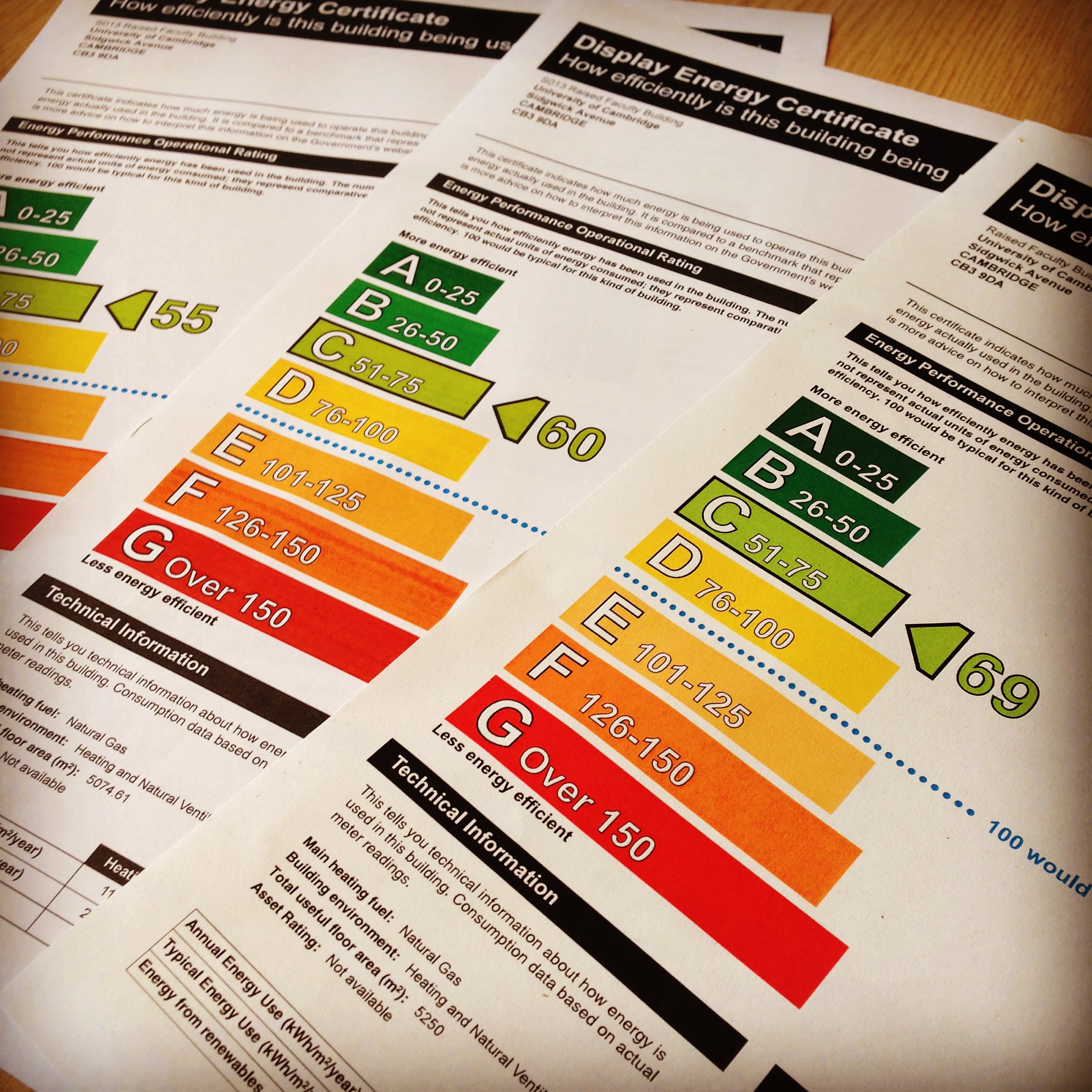
Implementing change at the University is not always straightforward, says Joanna – in part because of Cambridge’s devolved governance structure.
“When you’re looking to make systematic change, [the governance structure] makes it much more challenging. We know that the carbon footprint from what we buy is huge, for example, but it’s difficult for the University to influence that when procurement decisions are very much devolved.”
Similarly, when it comes to energy usage, the University pays for utility bills centrally, meaning that when a department buys a new piece of kit – a -80°C freezer, for example, of which there may be thousands across the University – it only needs to consider the upfront cost, rather than its energy efficiency. Joanna’s team is working to change this, offering financial incentives to departments to buy energy efficient machines and introducing a new policy whereby departments will pay for their energy usage.
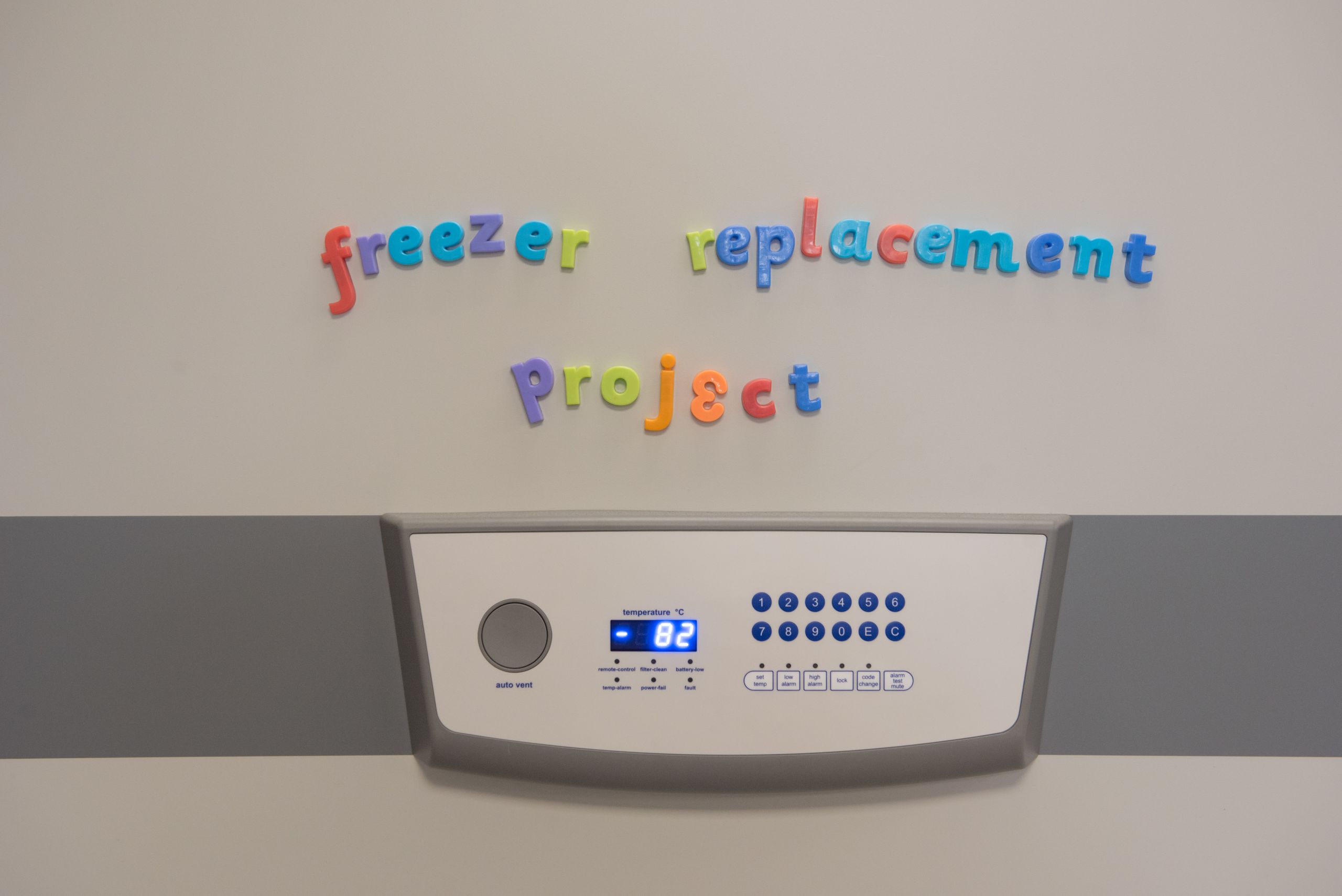
Departments can apply for funding to replace their old, ultra-low temperature freezers with new energy efficient models
Departments can apply for funding to replace their old, ultra-low temperature freezers with new energy efficient models
Ian agrees. “We’re not very clever at how we do things here. Take lifecycle costs, for example. We structure things so there’s an incentive in capital projects to minimise costs, but we don’t care about operational costs. Projects get frowned upon if they spend too much money. No one gets punished for having a high electricity bill.”
Here, things could be about to change. Joanna says that the Council has made some bold decisions that will help Cambridge achieve its decarbonisation target, including the decision that no new building will be given the green light unless its full lifecycle carbon footprint is taken into consideration.
“It made this commitment with no clear route to how it will be achieved,” she says. This may sound like criticism, but it is quite the opposite. “I’m really proud that they’ve had the confidence to make such a bold decision.”
Despite the University being “very innovation-averse when it comes to how we do our buildings”, as Ian describes it, some of its most recent building projects, including the new Cavendish Laboratory currently under construction and the Civil Engineering Building, which opened in September, will have sustainability woven into their very fabric.
The new Civil Engineering Building (Image: Matthew Ling)
The new Civil Engineering Building (Image: Matthew Ling)
“Sustainability has underpinned the design of our building from its inception,” says Shelley Arora-Tailby, Senior Project Manager at the new Civil Engineering Building.
From the outset, she explains, the architects worked closely with Cambridge researchers to incorporate the latest – and importantly, most appropriate – sustainability measures into the design. As part of the brief, the late Professor Sir David Mackay developed the concept of an Energy Cost Metric (ECM), a tool for integrating low energy objectives into the design process alongside capital cost.
“The Energy Cost Metric discourages ‘green bling’,” says Shelley. So, rather than covering the entire roof in the highest-spec solar panels that produce more energy than is needed and will struggle to recoup their costs within the lifespan of the building, the ECM asks what coverage is actually necessary.
The building is constructed in such a way that it could be taken apart and re-used with relative ease: the building’s steel frame is bolted together rather than being welded, and floors are built from reusable concrete ‘planks’ that can be assembled, rather than simply pouring concrete into place, for example.
The building’s facades are covered in thermochromatic glass slates that tint in high temperatures, limiting the amount of sunlight that penetrates the building, helping maintain a steady temperature. Sensors around the building give real-time feedback on the performance of the building and its interaction with its occupants, including temperature, humidity and carbon dioxide levels.
As is common with many new buildings, it is topped with a ‘green roof’, a covering of plants. But, the roof also acts as a ‘blue roof’, allowing it to collect large amounts of rainwater and release it gradually into the drainage system at a rate of one bucket per minute. In developments such as West Cambridge, where porous green land has been built over, such urban drainage measures could help prevent flash flooding in heavy downpours.
Future expansion plans to accommodate other research groups within the Engineering Department have also been considered in the design of the building.
“The connections to extend the building are already in place,” says Pieter Desnerck, Senior Technical Manager at the department. “The cladding panels have been designed such that they can be easily adapted to adjoin an extension to the north or south wings of the building.”
So for example, where a corridor currently ends in a large glass window looking out over trees, this will be extended to become a much longer corridor, sharing a stair well and lift shaft.
“The whole building has been designed with future-proofing in mind. It serves as a fine example of what can be achieved when sustainability measures and life cycle planning are embedded into development projects.”
Green people
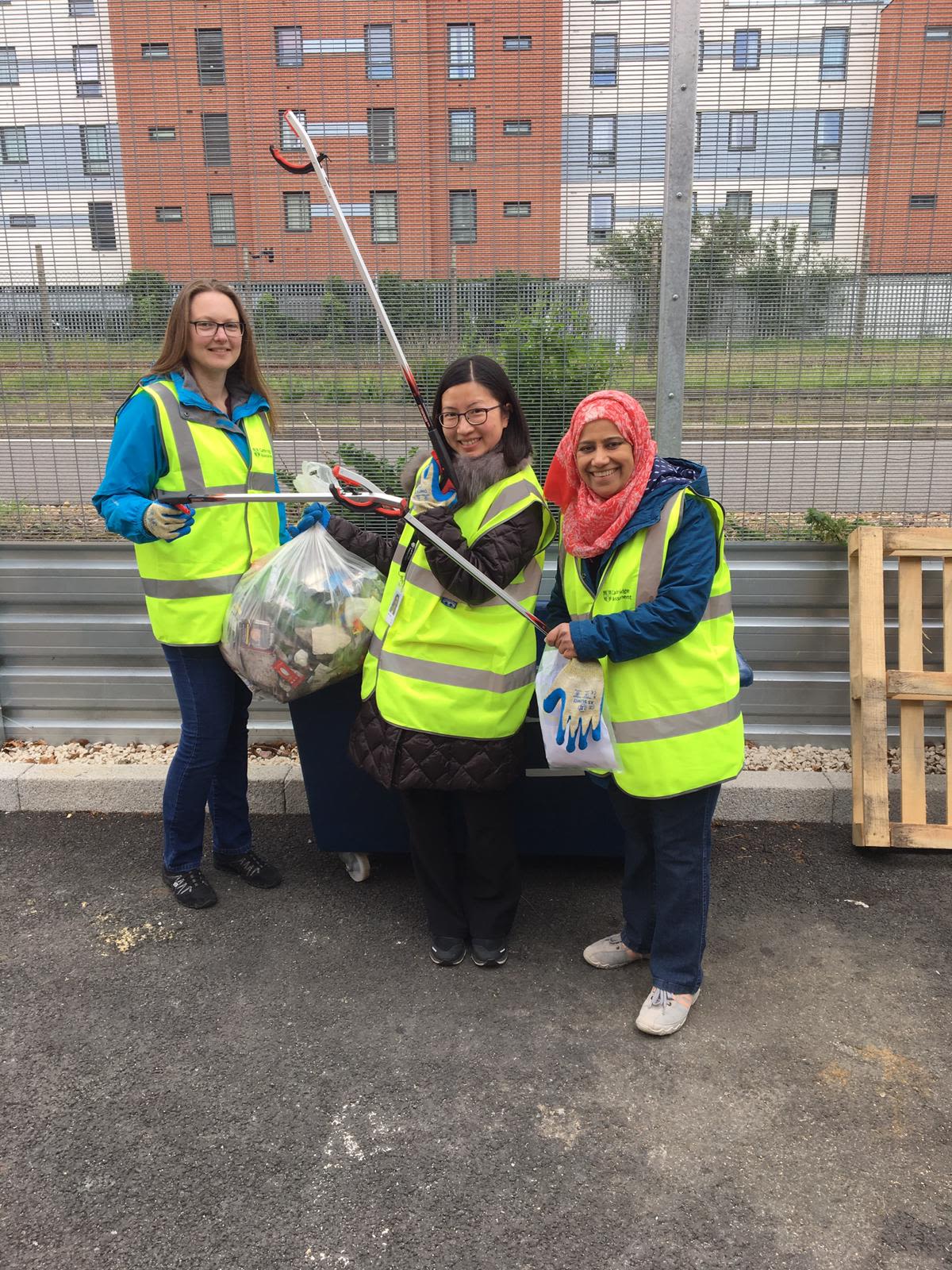
Arguably the greatest asset of any organisation is its people: in the University’s case, its students and its staff.
Students in particular are often very active, pushing for change across every facet of the University, from College life to volunteering to activism and demonstrations.
One student-led initiative is Engage for Change, run by Cambridge Hubs. It’s a free training programme that supports students in how to make environmental changes in their departments, colleges and personal lives. Recently, for example, one PhD student, Verner Viisainen used his training to found CamBridge2Environment, which finds opportunities for students to volunteer with environmental groups in and around Cambridge.
The University also provides opportunities through its ‘Living Lab’ scheme, for students to improve environmental sustainability on its estate through projects, internships and research, some voluntary, others contributing to their undergraduate or graduate studies.
Sometimes, these projects can have significant impacts. In one of the scheme’s earlier projects, for example, Si Min Lee, a Master’s student in Engineering, analysed the performance gap that existed at the recently-opened Sainsbury Laboratory in electricity and gas consumption between the as-designed and as-built laboratory. Her recommendations led to changes to the Building Energy Management System that reduced the amount of energy used each year by 30%, equivalent to £6,000 savings annually.
Amy Munro-Faure from the Environment and Energy team, who manages the Living Labs, points out another recent example, which involved a group of students using machine learning to analyse energy data from across the University's estate and then presenting their findings back to Environment and Energy and Estates Management. This has led to number of spin-off projects looking at how to use this data better, how to enhance its granularity, how to make it more widely available.
“It's wonderful when you get students in a room, and they're talking to people who work on the operational side about their work, bouncing ideas around – We found this, we think this might be why, have you thought about doing this? – That to me is probably the most exciting part about the Living Labs,” she says.
Amy’s colleague Peter Lumb, who manages the Green Impact Awards at Cambridge, says there is certainly no shortage of enthusiasm and willingness among staff and students to get involved in green activities.
Originally set up by the National Union of Students, the Green Impact Awards were so successful that universities began clamouring for the scheme to be rolled out to staff (Cambridge joined the scheme in 2012). To receive an award, a department, college or team has to be able to complete a set number of actions from a checklist – the number achieved determines which level they achieve, from Bronze through to Platinum, with Excellence and Special Awards recognising particular initiatives.
“Generally, a Green Impact team will be started by one or two people, who are keen on sustainability and get their Bronze award just by doing things off their own back. But some teams will get to the point where they go beyond our Gold and Platinum awards and are running their own sustainability-related projects that tackle environmental issues in ways that we haven’t even thought of.”
The beauty of the Green Impact scheme is that it provides a framework for departments to follow, holding their hand as it takes them through actions. Peter and a network of Environment and Energy Coordinators are there to provide help and support. “If staff are interested and they want to do something, I’d say just go ahead and do it!”
This year, the University gave out 50 awards, covering 2,245 actions completed by 39 teams. Asking Peter to highlight any outstanding groups is like asking a parent to choose their favourite child, but he mentions a few who he says have done a significant amount of work, including the Department of Obstetrics and Gynaecology, who have achieved Gold Award every year for the past four years, and the University Counselling Service, which has a well-established scheme for recycling pen and writing instruments from across the University, recently sending off a shipment of 67 kilograms of pens.
Staff from the Centre for Mathematical Sciences Green Impact team talk about incorporating sustainability into everything they do.
Another winner that Peter singles out for recognition is Corpus Christi College. Jenny Reavell, a Project Accountant at the College, who sits on their Green Committee, is very modest about their achievements, yet as she begins to list off some of their initiatives, it becomes clear they are extensive.
“We’ve got PV [solar] panels on some of our refurbished buildings. We’re trying to be plastic free in the bar. We’ve changed the way that we get the supplies from our laundry companies so that things don’t come wrapped in so much plastic. We’ve got some amazing biodiversity schemes out at our postgraduate accommodation. We’ve just done a major refurbishment of our kitchens where we’ve moved to induction from gas…”
Jenny is clearly very passionate about her work. Prior to working at Cambridge, she worked for Save the Children, where she saw first-hand the impact that climate change and the mountains of waste produced by the West was having on poorer countries.
Even if the Green Impact Awards didn’t exist, she says the College would still be doing all of this work because it is the right thing to do. But it brings additional benefits, too. “The choices we’re making have a benefit for us as well, potentially in terms of their costs savings to us, but also because of their longer term benefit.
"We still want the College and the University to be here in another 500 years’ time. It’s part of our ongoing commitment to future generations."
This perhaps goes to the heart of why sustainability measures are so vital, not only for the operation of the University and its colleges, but also for society as a whole, as Ian Leslie explains:
“We no longer have a choice. We have a moral obligation to future generations to make the changes now that will help to preserve their future.”
A bold response to the world’s greatest challenge
The University of Cambridge is building on its existing research and launching an ambitious new environment and climate change initiative. Cambridge Zero is not just about developing greener technologies. It will harness the full power of the University’s research and policy expertise, developing solutions that work for our lives, our society and our biosphere.



